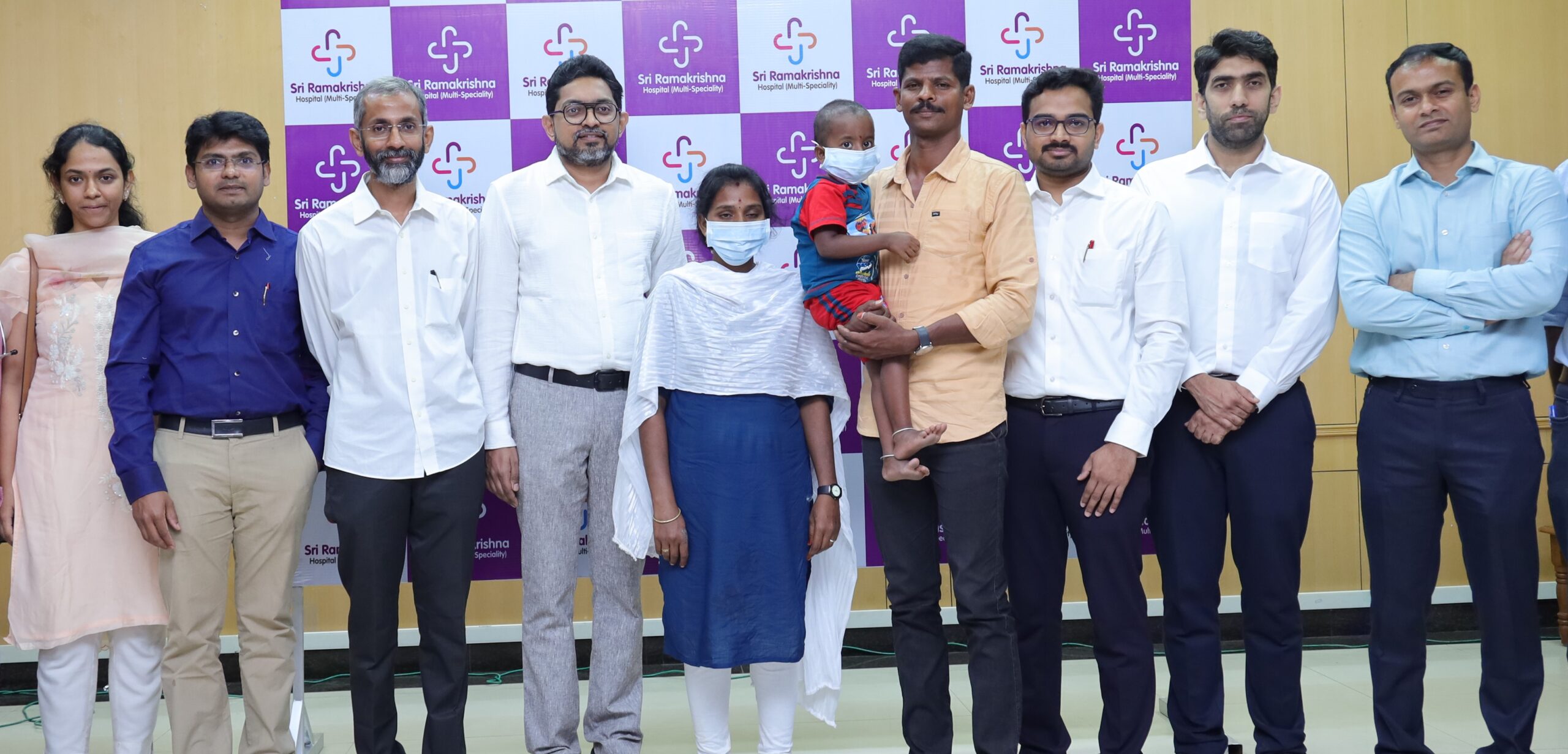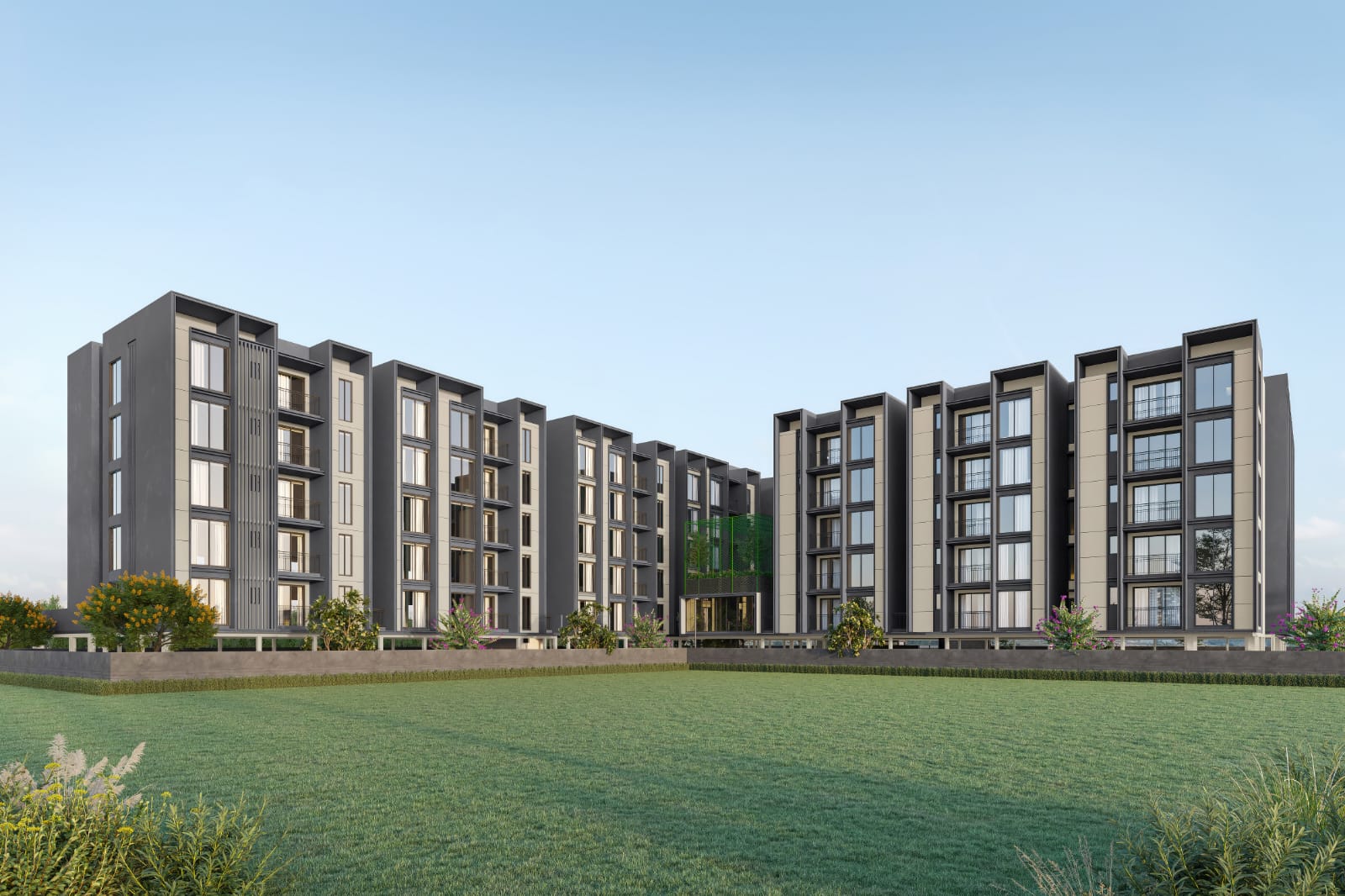Trending Now
- 830 voters names go missing in Kavundampalayam constituency
- If BJP comes to power we shall consider bringing back electoral bonds: Nirmala Sitaraman
- Monitoring at check posts between Kerala and TN intensified as bird flu gets virulent in Kerala
Coimbatore
Govt, private buildings in Covai vulnerable to earthquake
![]() October 26, 2015
October 26, 2015
At the wake of the powerful earthquake that rocked Pakistan and Afghanistan on Monday, there is a pressing need to relook into safety of the buildings, both government and private, if Coimbatore is hit by an earthquake of the magnitude of 6.0 on the Richter scale as it did in 1900, say experts.
The need to ensure that the buildings adhered to the Zone III norms has become urgent, considering forecasts by Seismological analysts stating that “as per statistical analysis, an earthquake of high magnitude may recur in 100 years, plus or minus about 30 years.” Coimbatore categorized as Zone III is termed as a “moderately earthquake prone city”.
A vast majority of buildings in Coimbatore may suffer massive damage at the event of a quake, as the number adhering to Zone III norms (building earthquake resistant structures) are far and few. The old buildings in the District Collectorate, the Corporation office including the landmark Victoria Hall and several others have to be necessarily reinforced so as to withstand a quake, the seismic experts echo.
Take for instance the hallmark heritage building of Tamil Nadu Agricultural University that was constructed in 1909. It needs to be reinforced and strengthened if the glory of the centenary building should be maintained.
History has it that Coimbatore was hit by a massive earthquake on February 8, 1900. There have been two other earthquakes, each with a magnitude of around 5.0 on the Richter scale in Idukki and Coimbatore districts on the Kerala-Tamil Nadu border in December 2000 and January 2001, respectively.
“While these statistical forecasts are somewhat grotesque, there is enough data to indicate the seismological potential of the region,” seismic records point out.
Making a case for disaster management, Structural Engineer from IIT Madras and Management Council Member of Builders’ Association of India, S. Kanagasundaram says that the Bureau of Indian Standards have codes IS 1893 and IS 13920, which enable calculation of load on building during a probable quake and details the structure of the building depending on the area (Zone), type and positioning of the structure respectively. The principle of designing a building is to ensure maximum rate of human survival at the event of a quake.
“Buildings built before 1992, may not have followed these codes and they are the most vulnerable. “But these buildings can be retro-fitted making them seismic resistant and it will cost not more than 15 per cent of the construction cost. But most often even this 15 per cent is not utilized properly. The modern day apartments have not-so-strong columns supporting the entire building. Most columns are are disproportionate to the weight of the building resting upon it.”
“The width of the columns are reduced to accommodate and enable free movement of vehicles as a parking slot in the basement. But this is simply akin to a flimsy legged crane (bird) with heavy body. It is likely to go off balance when there is a quake. Beams and columns should be laid of reinforced cement concrete for safety,” he observes.
As for the government buildings, there are several where cracks are visible to the naked eye and these need be located and reinforced without tampering the aesthetic value. “Such reinforcements are certainly affordable for the government establishments but the mindset is the issue”, he stated.
Why are lives lost?
Geologist at the Government College of Technology Dr. M. Kumar told Covai Post that while the North and North Eastern parts of India come under Seismic Zone IV and V, the peninsular India where Covai is situated, falls under Zone III. The basement rock in the South comprises of primary rocks — Igneous and metamorphic . They are the oldest rock formation in the world and are considered the strongest. On the contrary, the sedimentary rock formation in the North and North East are secondary rock formations and are comparatively weak.
Hence going by the strong base of rocks in the basement, Peninusular India is fairly safe and rocks can withstand a quake of minimum magnitude, and so also the buildings, he opines.























